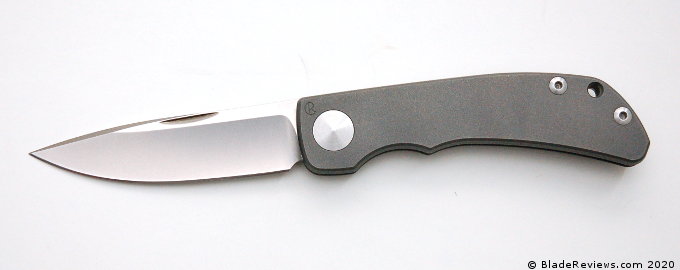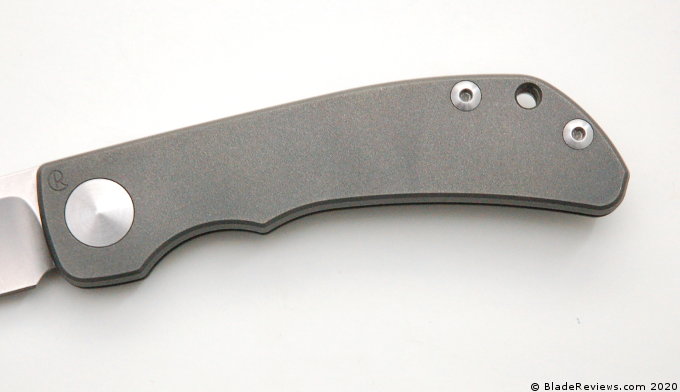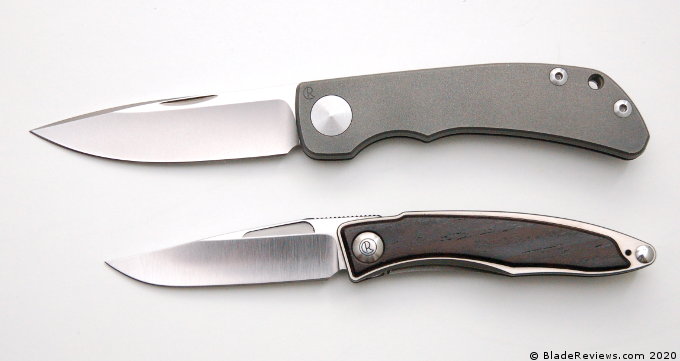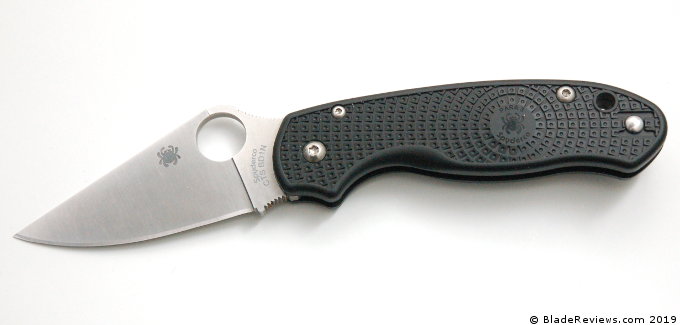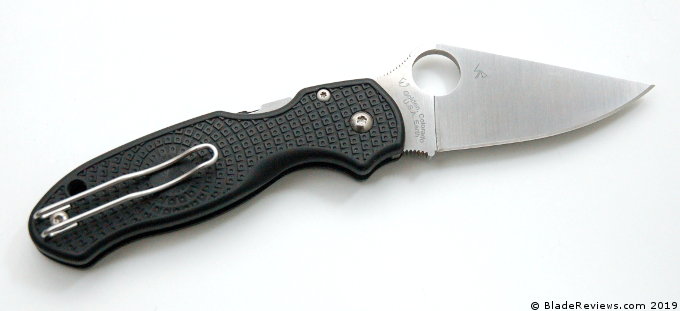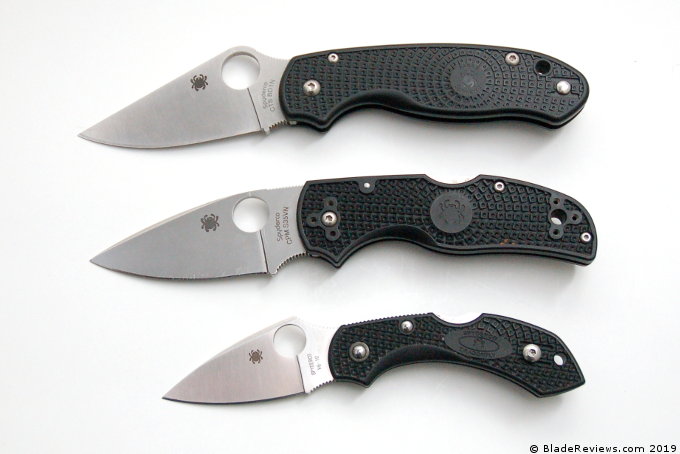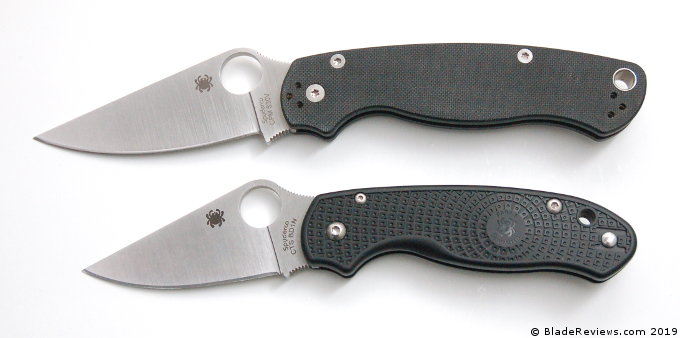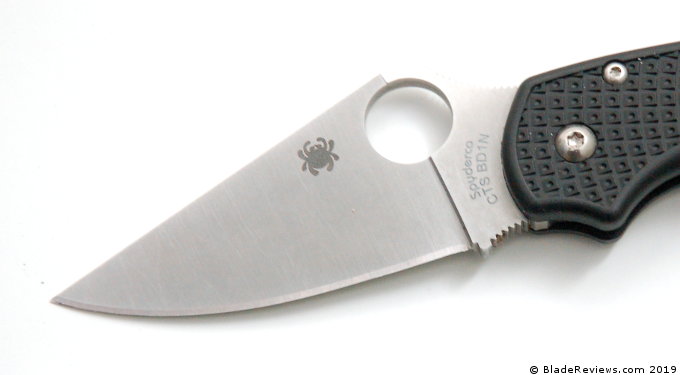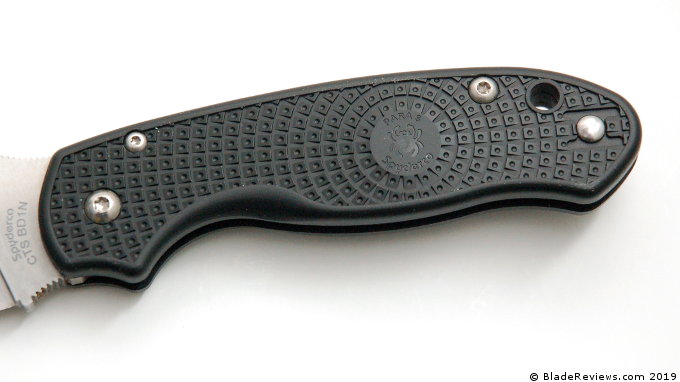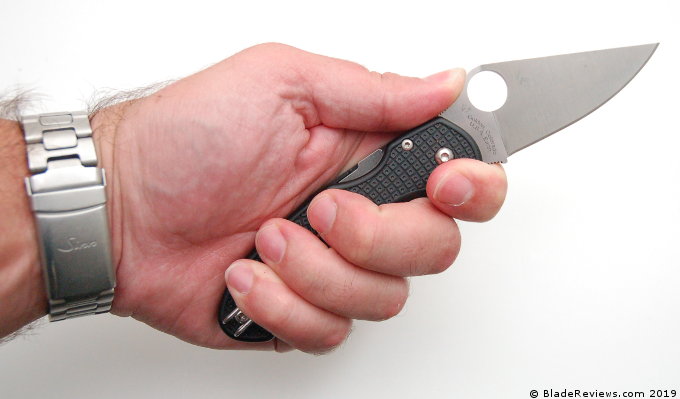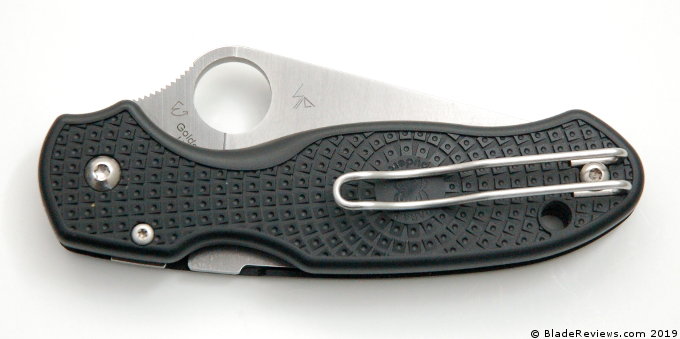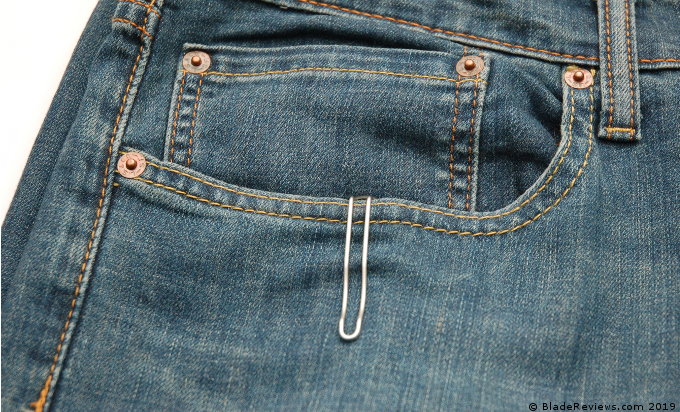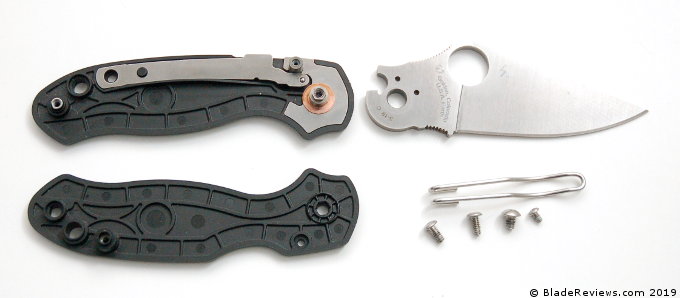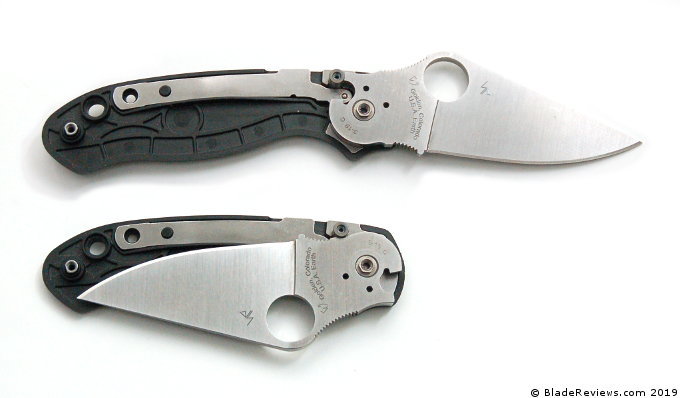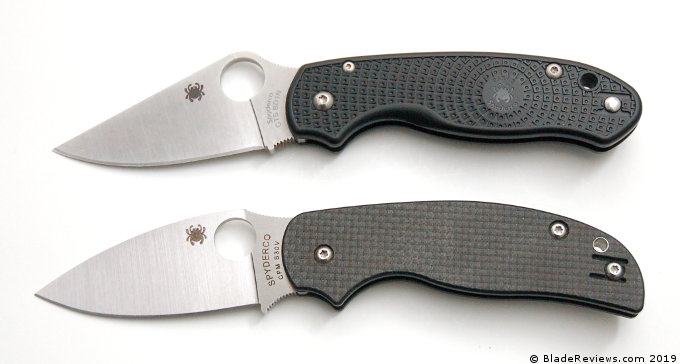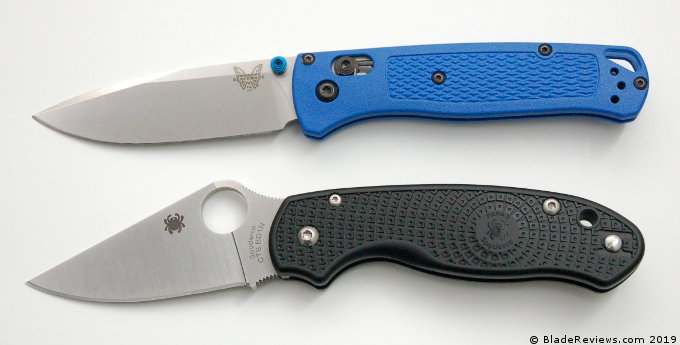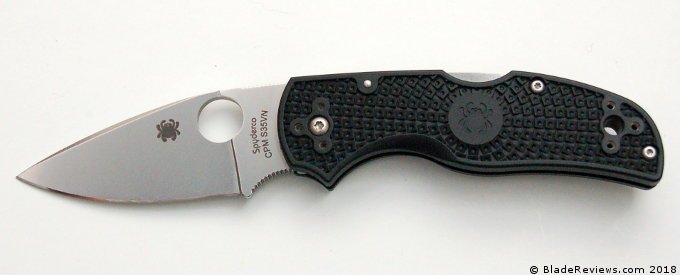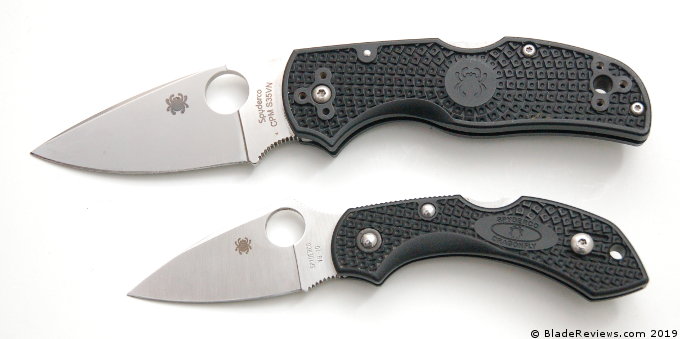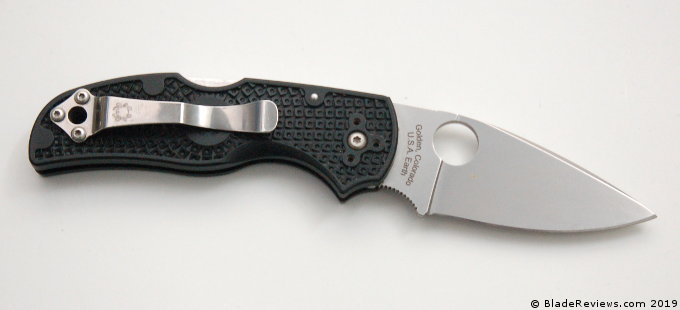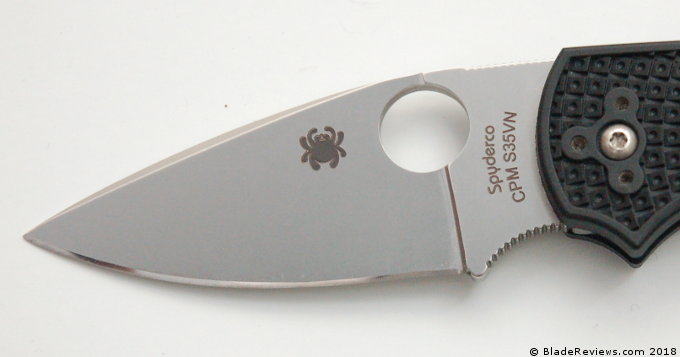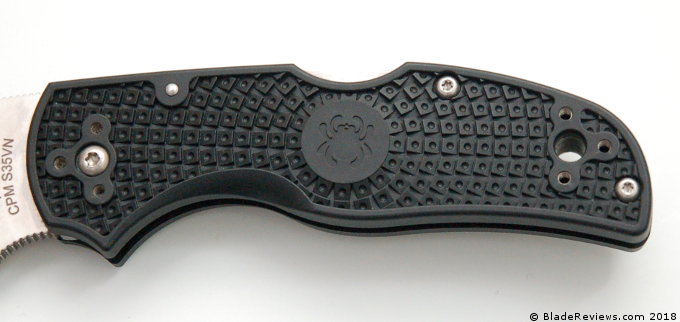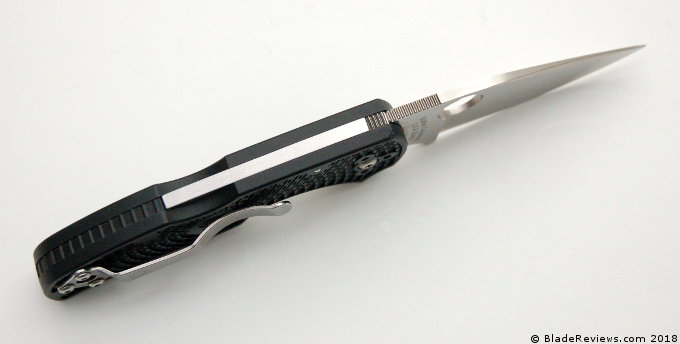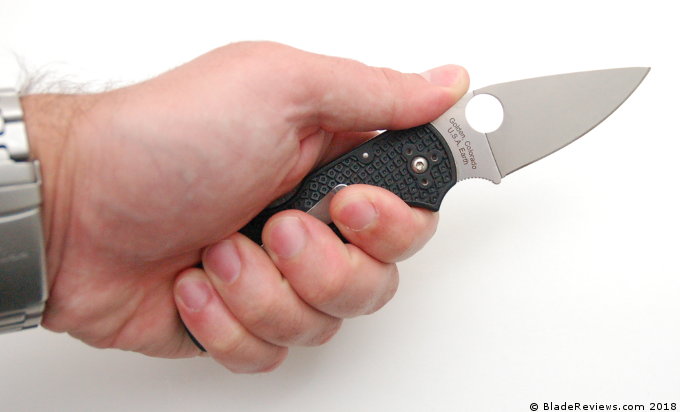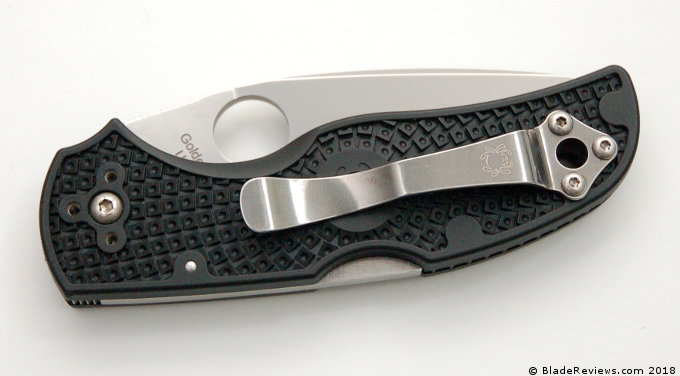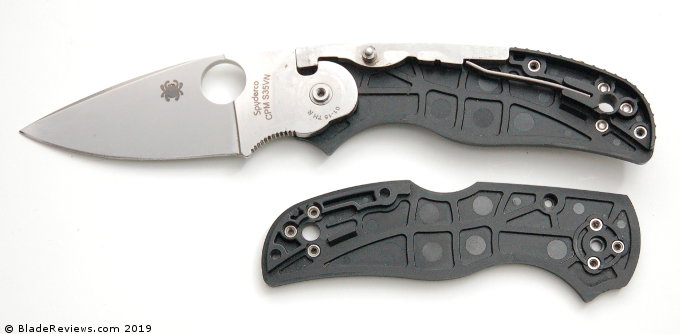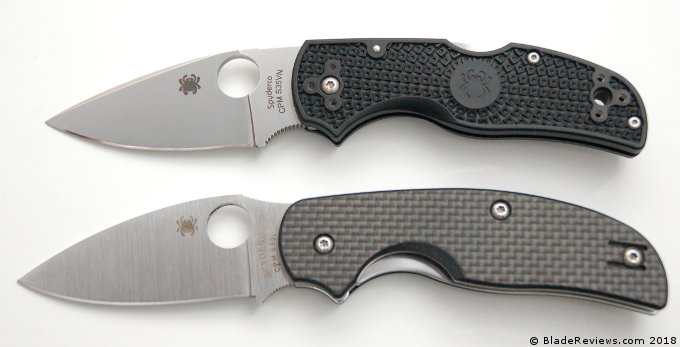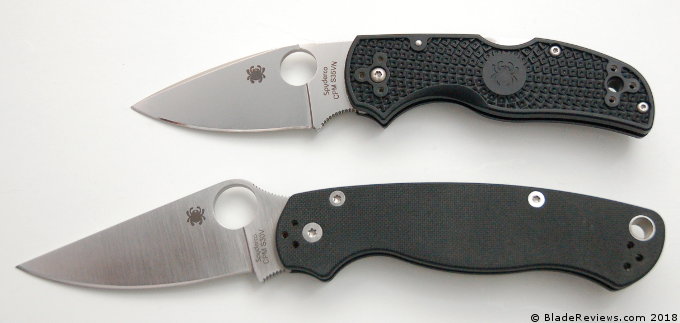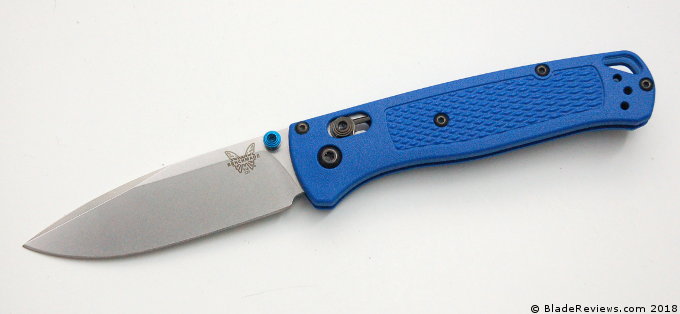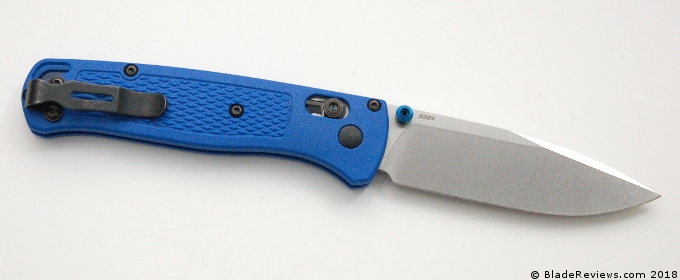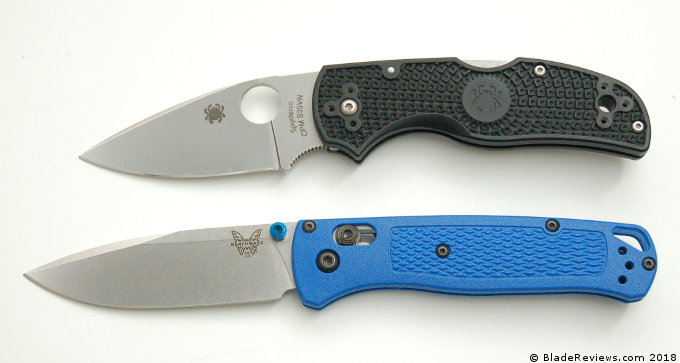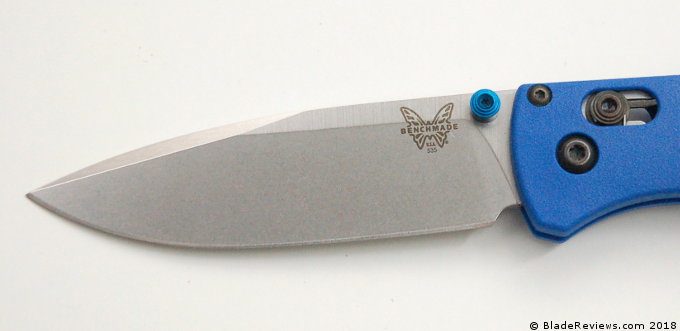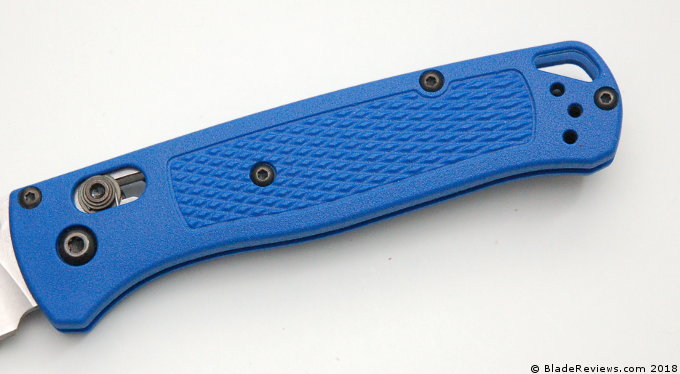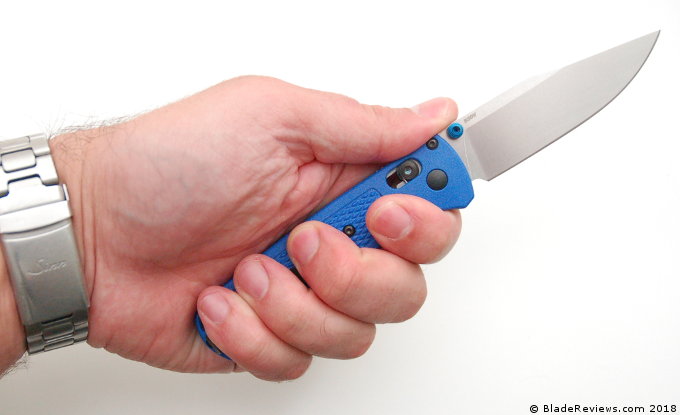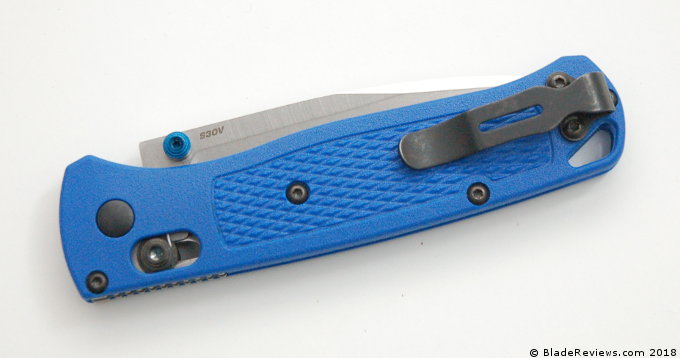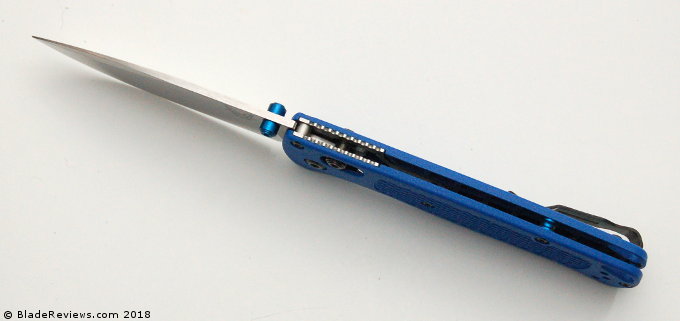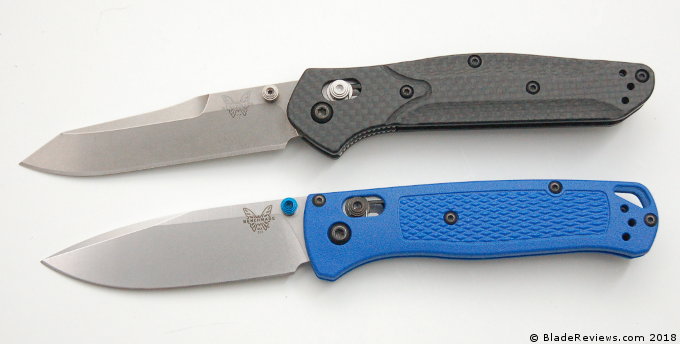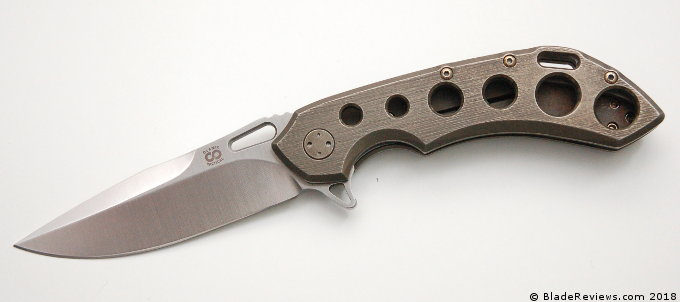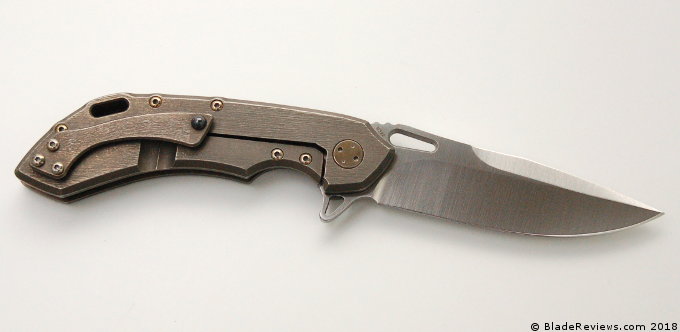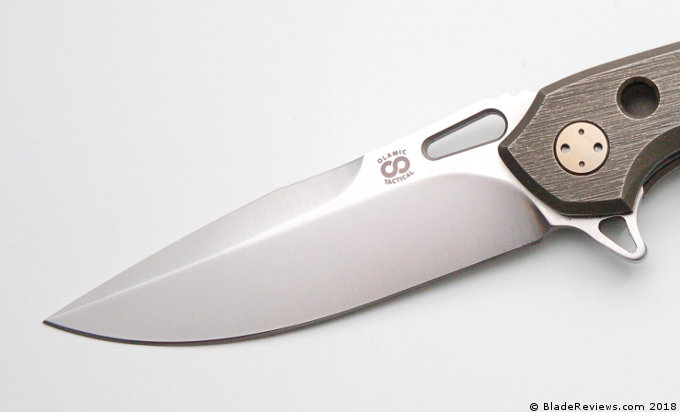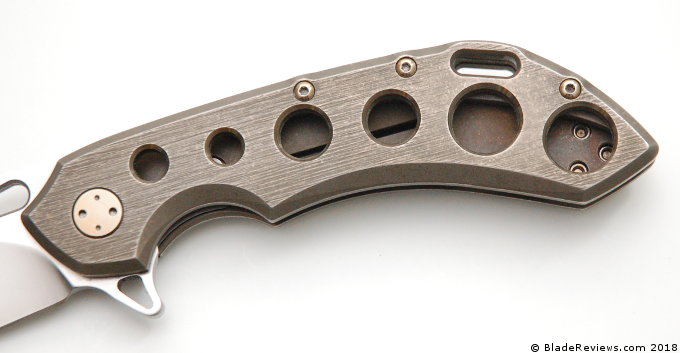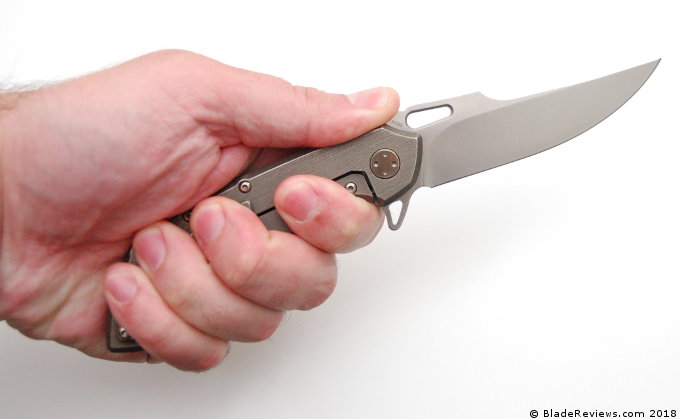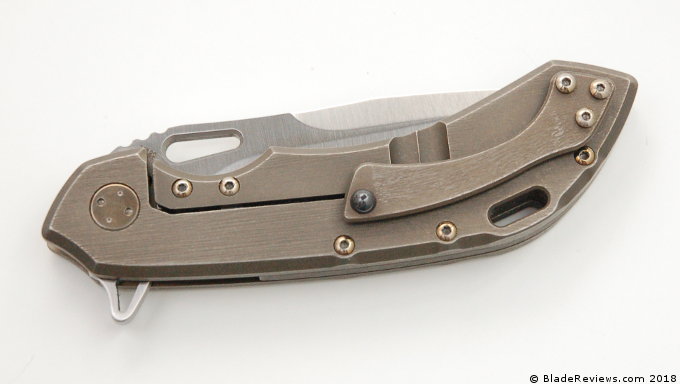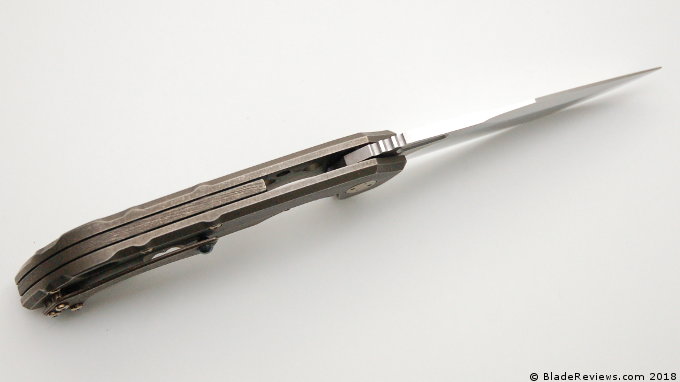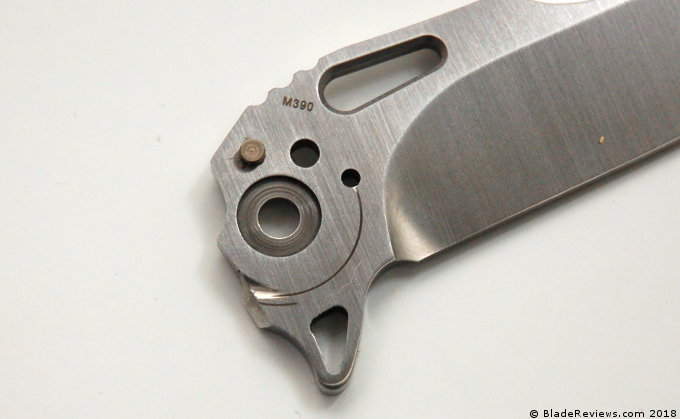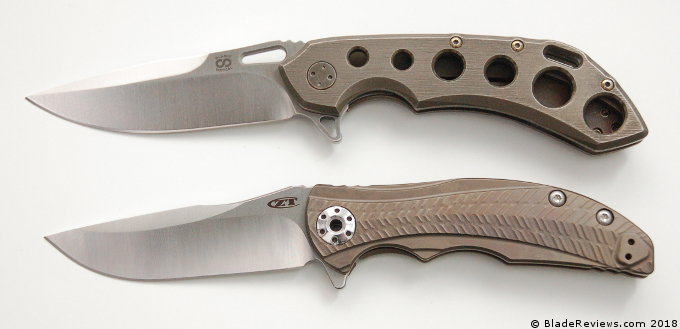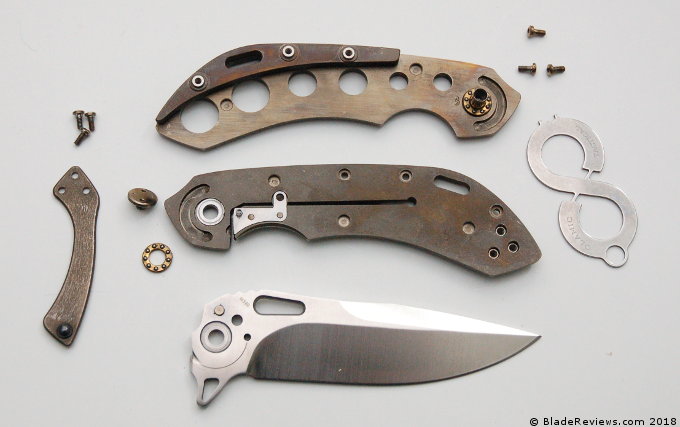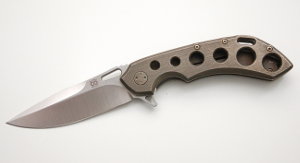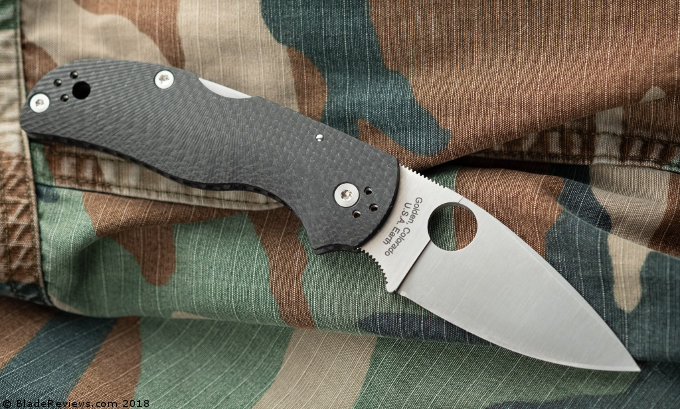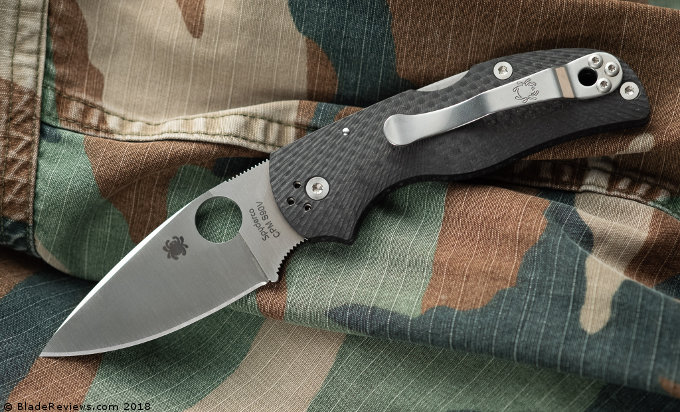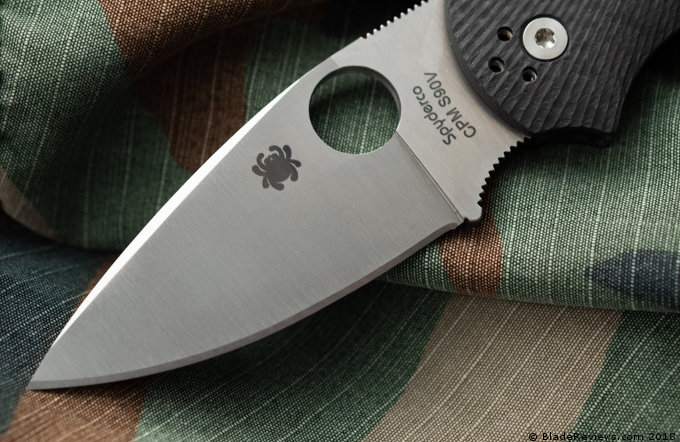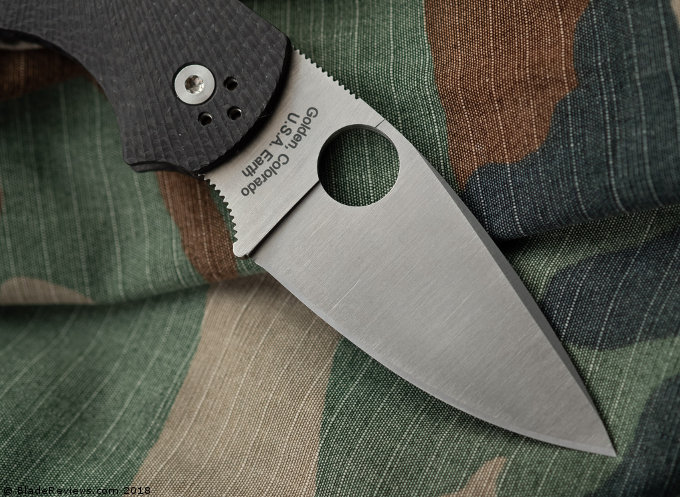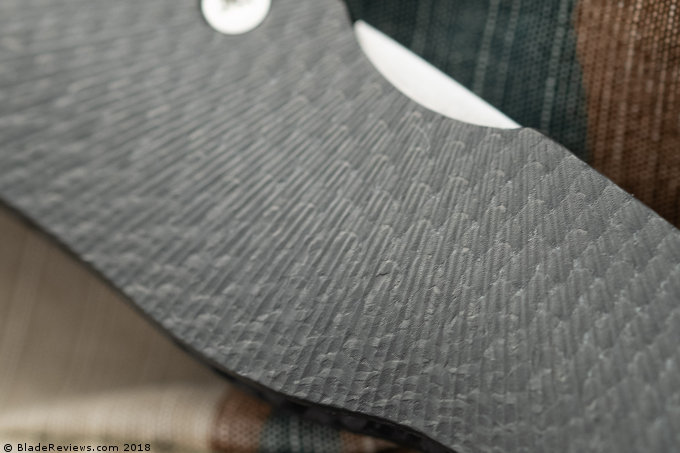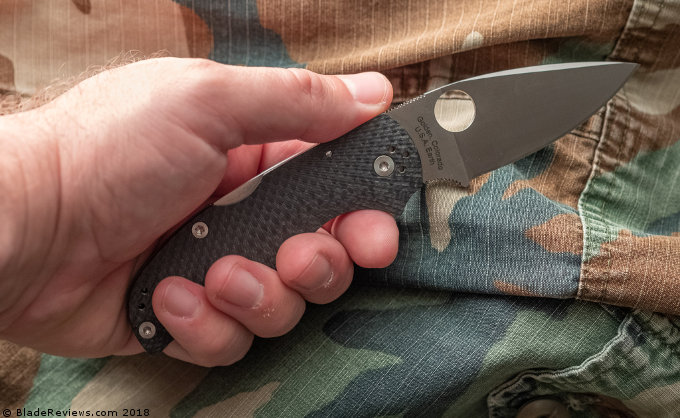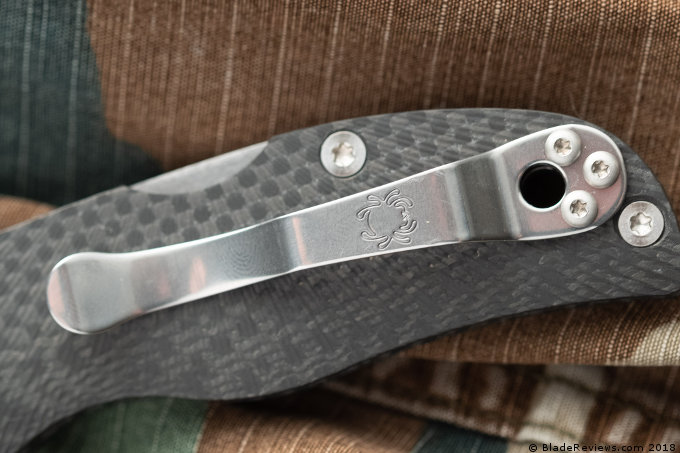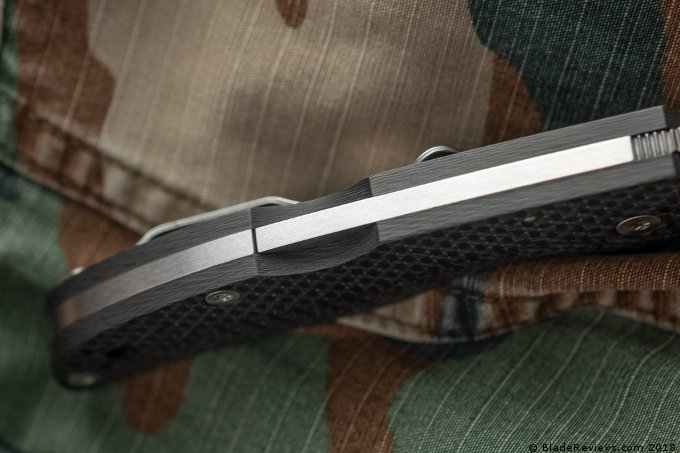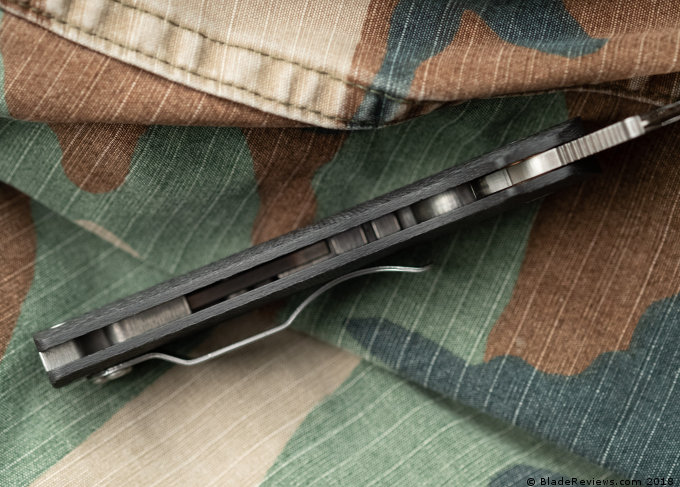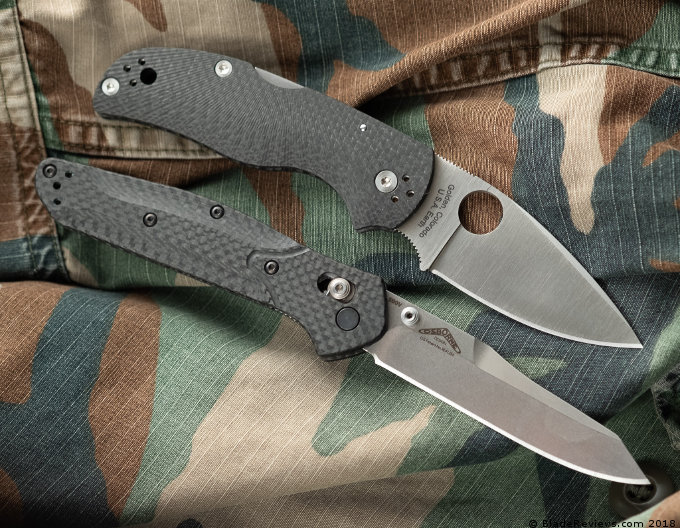Chris Reeve Knives doesn’t release many new models. And when they do it’s often a variation on a theme rather than a brand new design. That’s part of the reason why the last time I reviewed a CRK was a review of the Sebenza 25 back in 2014. Another interesting tidbit about CRK is that founder and namesake of the company retired in 2016. He passed the company on to his ex-wife, Anne, in 2016. As a divorce lawyer with an overactive imagination, I can only speculate about how that transition went down, but I won’t.
Buy the CRK Impinda at BladeHQ
By my math the Impinda is the first new design since Chris’ retirement (I’m probably wrong so see the comments section for the truth). And this knife a significant departure from their usual fare. The Impinda a slip joint, and lacks their signature titanium framelock integral lock, that they are so well known for. But as usual for CRK, this isn’t a cheap knife. In this case the Impinda retails for a cool $450. That’s a lot of scratch for a non-locking folding knife. Some may view it as a cash grab on the revival in slip joint folders, but CRK enthusiasts may beg to differ.
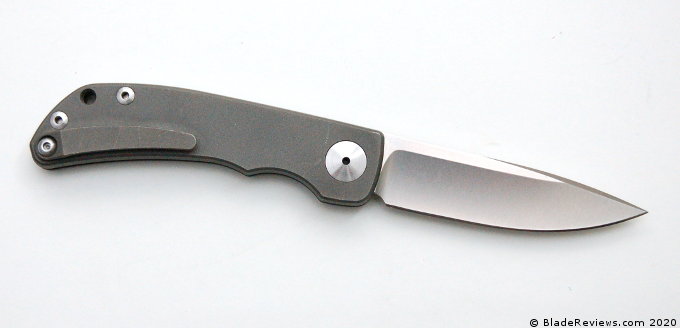
I’ve reviewed a couple of these modern slip joints and tend to enjoy them. Most recently I reviewed the Hinderer XM-Slippy back in 2018, so I’ve had a couple glasses of the high end slip joint Kool-Aid. Let’s see whether this Impinda still makes me a believer.
General Dimensions and Blade Details
The Impinda has an overall length of 7.15″, a 3.125″ blade, weights 3.38 ounces, and is made in the U.S.A. This one is designed by Bill Harsey. Bill is one of the greats, and for some reason his designs strike me as quintessentially American. Maybe because he has designed some iconic USA made knives, like the Lone Wolf T2.
Obviously a slip joint like this is going to be geared towards the enthusiast EDC crowd. Bougie bros like myself with a penchant for man buns, 3/4 sleeve tattoos, and pocket frosting. Or maybe silver haired Corvette drivers. Either way there is an aspirational element to the brand.
Here’s a size comparison with a couple other slippies in my stable. The XM-18 Slippy, and Fantoni Dewller:
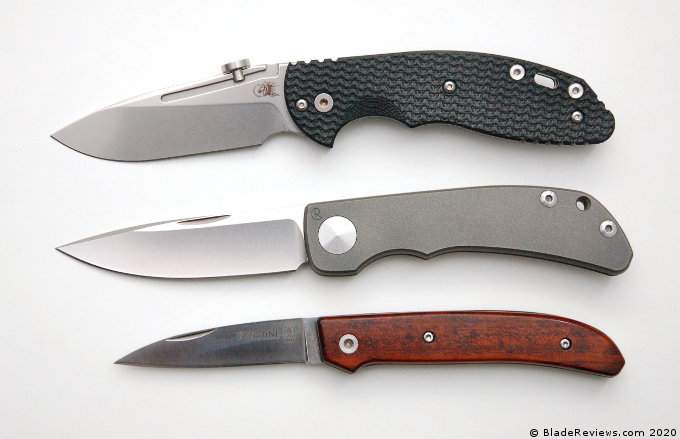
I think it’s a little large to be considered a true “Gentleman’s folder”, but you are welcome to disagree. At nearly 3.5 ounces this is a chunky little knife, so you may want to opt for both belt and suspenders if you decide to take this one out on the town. It’s a good size knife, but nothing crazy.
The blade is an elongated drop point, with a thin swedge and a slight, near continuously curving belly. The blade features a high hollow grind, which is something of a CRK signature, and zero markings. The blade is surprisingly thick: .12″ or a hair over 3mm. This was likely done to match the overall proportions of the knife. Plus, another CRK signature is that they tend to make a stout knife. Their fanbase is notoriously fickle, so I wouldn’t surprised if they erred on the side of over engineering.
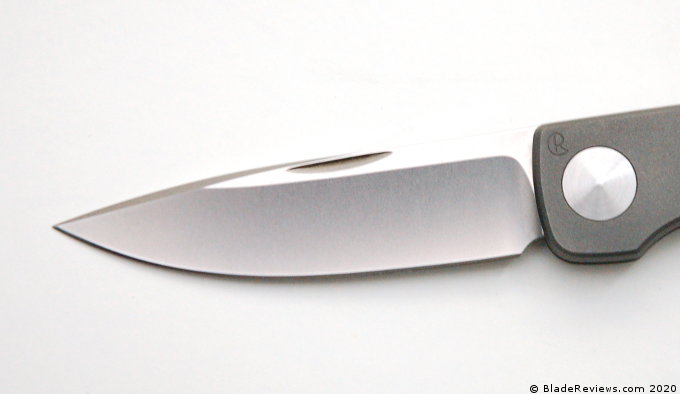
The Impinda comes in S35VN blade steel. That should be no surprise, as this is the steel Reeve himself co-developed with steel producer Crucible Industries to be a successor to S30V. S35V is an excellent choice for a working knife, as it’s shows a good blend of edge retention, easy sharpening, toughness and corrosion resistance. CRK tends to give their knives a softer heat treat. That makes the knives easier to sharpen and less prone to chipping, but you sacrifice a little edge retention.
In practice, I’ve found the Impinda to be a good all rounder for daily carry chores. I’ve done the usual stuff with mine, and it’s held up great. I’ve opened envelopes, broken down boxes, sliced apples, and performed countless odd jobs as I’ve navigated through my personal and professional life the past month. The Impinda has met every task with cheerful readiness. Sharpening hasn’t involved anything more than occasional stropping and one time I ran the edge over my Spyderco Golden Stone to get a feel for things. This is an easy steel to sharpen and I’ve had zero issues with rust or corrosion.
Handle, Ergonomics, and Pocket Clip
The Impinda features thick full titanium handle slabs with a full stainless steel back spacer. The pieces all screw together, and CRK provides an allen wrench to take the knife apart. The handles are not 3-d machined, only chamferred. Construction is rock solid, and fit and finish is perfect. Just what you would expect. The oversize pivot is a nice touch, while the lanyard hole seems like an afterthought, although I’m not sure what else they could have done.
The Impinda feels decent in hand for a small utility knife. My biggest gripe is that there is a lot of meat in the tail, and the balance point is an inch behind the pivot. As a result the Impinda feels heavy. Some associate weight with quality, so maybe that was the idea here, but to me it’s a heavy knife. Everything about it feels slow and deliberate. Granted, this is a utility knife, and not a combat dagger, but those are my impressions in wielding the Impinda.
Beyond the weight the knife feels good. No hot spots. No texture or jimping at all for that matter. But the generous handle and deep finger choil offers plenty of space for your fingers, and I never felt like I lost control of the knife in use.
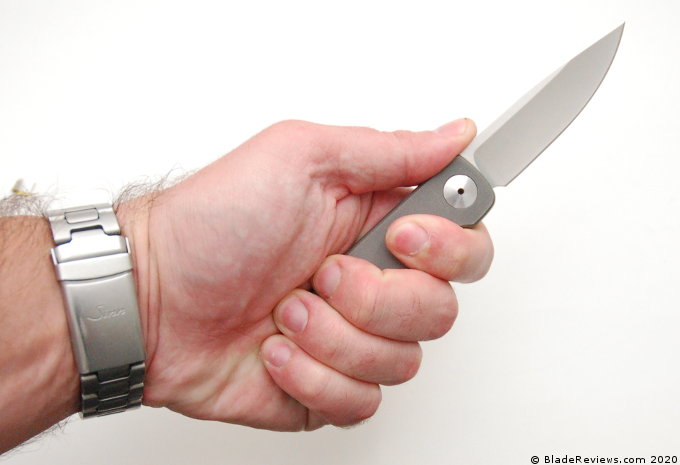
The pocket clip is a piece of 3-D machined titanium. It looks like they gave the clip design a lot of thought. It is highly sculpted. Spring tension is excellent on it. The knife stays firmly in place.
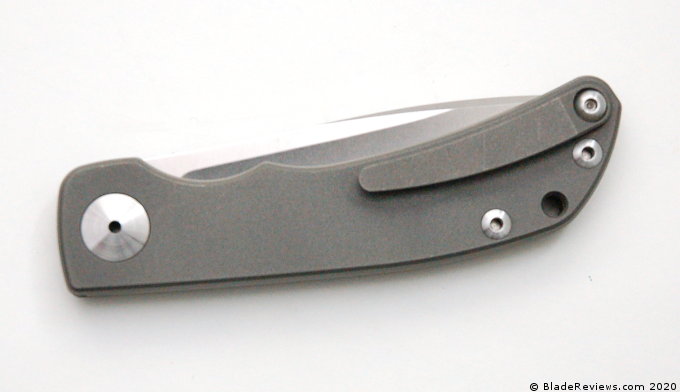
CRK ships this knife with a calf-skin slip sheath. That’s how I like to carry my Impinda. I got a new used car recently. It sits low to the ground, and I have been anal retentive about scratching up the seats and door jamb to the point where I’ve actually switched my style of carry to avoid pocket clips while driving around. Plus I’ve never liked using pocket clips at work. I’m a lawyer and wear suit pants most days. The pants are expensive and I don’t want to tear them up. Accordingly, the Impinda has been a great option for me. It has gotten a ton of pocket time with the slip sheath.
Still, the pocket clip works well if you want to carry the knife that way. Here is your pocket clip shot:
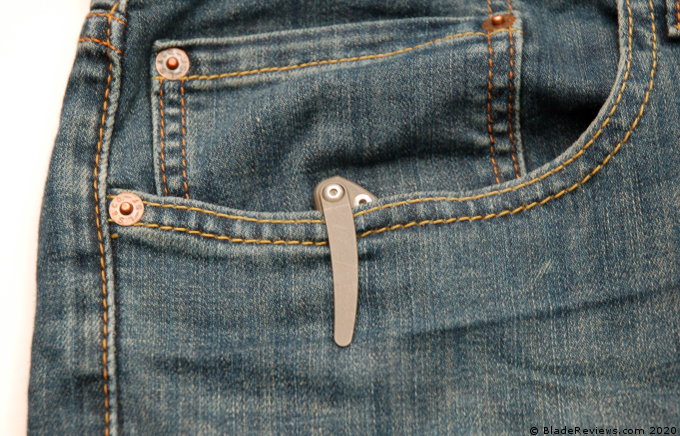
Deployment and Lockup
Everything about the Impinda is deliberate. That’s most apparent when you go to open the knife. It takes considerable effort to get the blade out. CRK designed it that way, as it makes the knife much harder to close accidentally as well. This gives the knife serious “Walk and Talk”. By comparison, the action is much stronger than the XM-18 slippy. The action of the XM feels comically light compared to this.
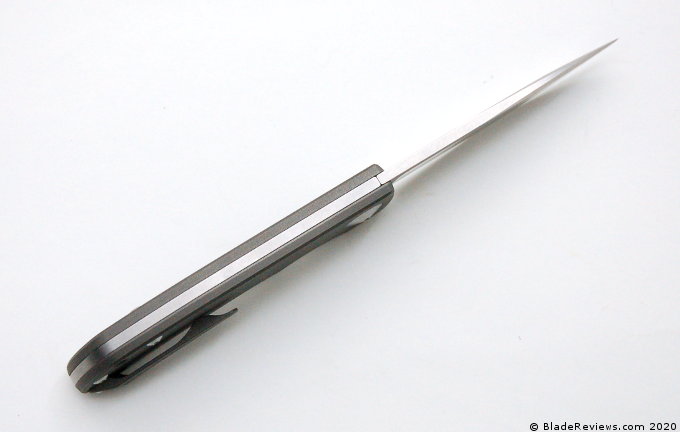
Personally, I like the action on the Impinda. It’s heavy and deliberate, but it’s also smooth. The knife comes with a couple large perforated phosphor bronze washers. I think those that are skeptical of slip joints generally, will find a little more solace in the Impinda. It feels nothing like the action on a Swiss Army Knife, and theoretically it could stand up to harder chores.
Closing the blade is also deliberate. According to a roadside shaman I consulted whilst preparing this review, it takes 5 pounds of force to close the blade on this knife. That may not seem like much, but it’s considerably more force than most commercially available slip joints. Apparently there is patent pending spring technology inside this knife that makes the draw tension only one pound, and the closing tension 5 pounds, but it requires a good amount of force in both directions by my hand. Regardless, I like the beefier action on this knife. As I mentioned, it lends a deliberate feel to the Impinda, and inspires more confidence than the typical slippy.
Here is a parting size comparison with my CRK Mnandi:
Unsurprisingly, blade centering is perfect on my knife.
Chris Reeve Knives Impinda Review – Final Thoughts
The Impinda is a difficult knife to review. It definitely won’t appeal to everyone. Price alone is going to alienate a lot of folks. It’s a lot of money for an unassuming non-locking folder. I don’t know what CRK’s costs are (obviously) but find the price tag to be a bit much, even for CRK. Certainly they are entitled to price their products however they like, but I wonder what the economics would have looked like at $300 or $350. After all, the Small Sebenza costs $375 these days, and CRK fans might argue that you “get less” with this one, as it doesn’t lock. I’m not sure if that is a fair argument, but the internet can be a cruel place.
And to be honest, I haven’t checked out other reviews or the forums on this knife. I don’t know how well the Impinda is selling or what the consumer temperature is on this model. My guess is that it’s a mixed bag.
Personally, I have found the Impinda to be well made and highly composed. Keep in mind, the concept of “value” in the absolute sense goes out the window as you venture into luxury brands like CRK. Certainly the blade on a $20 Swiss Army Knife will do 95% of what this knife can (while opening bottles, driving screws, and helping you assemble an airplane on the way down). But that’s not the point, and is akin to comparing a Casio to a Rolex. While you get more for your money, the returns diminish considerably with each additional dollar spent. The person who buys an Impinda isn’t trying to optimize bang for buck. They want the experience and they don’t care if it costs $350 or $450.
And in that sense the Impinda delivers. It’s solidly made, carefully considered, and totally unique. It’s an experience. It’s the Chris Reeve quality many have come to know and love, in a sleek non-locking package. If the design appeals to you and you can afford it, then I think you will enjoy the Impinda. I’ve enjoyed mine. And like the Mnandi, I plan on keeping my knife for the long term.
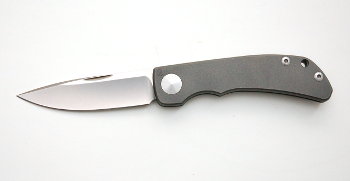
Chris Reeve Knives Impinda – From $450.00
From: BladeHQ
I recommend purchasing the Impina at BladeHQ or Amazon. Thanks for reading!
